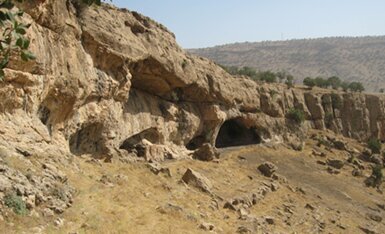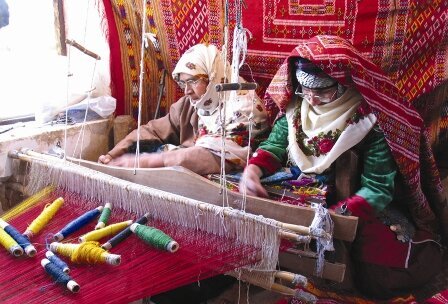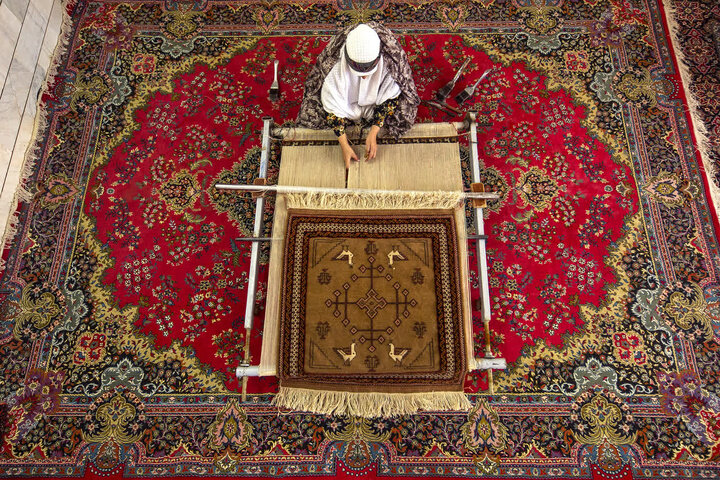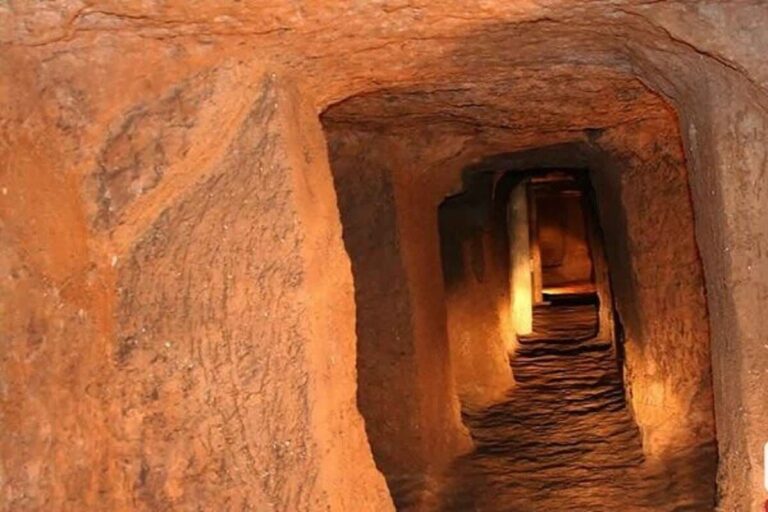Ancient Mysteries Unveiled: Archaeologists Uncover Clues of Cave Dwellings in Western Iran
Ancient cave dwelling remains discovered in Eivan city, located in the western province of Ilam, reveal the presence of early human beings in the Zagros area. This significant archaeological finding sheds light on human settlement patterns in the region, as noted by Habibollah Mahmoudian, a faculty member at Islamic Azad University of Ilam.
Mahmoudian shared insights with ISNA regarding the geographical significance of Eivan as a former settlement for cave dwellers. Archaeological studies conducted in this region have unveiled critical evidence of early human existence, along with various artifacts found in notable caves such as:
- Khofash Cave
- Barreh Zard Cave
- Baskeleh-ye Garmeh Cave
The Zagros mountain range, recognized as the most extensive in Iran, is home to numerous caves, some of which carry historical importance while others are scientifically significant. In Eivan, the caves nestled along the slopes of various mountains, including Sivan, Kabirkuh, Chehel Sotoon, and Darreh Deraz, showcase some of the earliest phases of human settlement.
Mahmoudian elaborated on Baskeleh village, one of the ancient regions located 18 kilometers north of Eivan and situated along the main route to Kermanshah. He pointed out that this area is rich in caves that are vital for archaeological studies.
Among these, Baskeleh-ye Garmeh I cave, located on the southern slope of Dizgeh mountain, northwest of Baskeleh village, stands out. The natural stone walls and ceiling of this cave have been preserved, and the area is noted for the discovery of pottery artifacts, which may date back to the Chalcolithic era (Copper Age).
In addition, Baskeleh-ye Garmeh II cave, situated two kilometers from Baskeleh village, is significant due to the presence of cultural symbols that suggest it may belong to a historical era. Meanwhile, Baskeleh-ye Garmeh III cave lies three kilometers from Baskeleh village and is located at an elevation of 220 meters, where scattered pottery fragments have been found.
Another remarkable site, Baskeleh-ye Garmeh IV, is 3.5 kilometers from Baskeleh, positioned on the slopes of Gavmehr Mountain. This cave resembles a rock shelter and has yielded simple, handmade pottery crafted from plant-based chamotte. The discovery of an obsidian blade in this area further indicates its use during the Chalcolithic era.
Despite the potential of these findings, Mahmoudian noted that studying these sites faces several challenges. The vast diversity of locations, difficult access to some caves, and a lack of documentaries present significant obstacles to the precise identification of cultural and civilizational developments in this area. Nevertheless, these discoveries pave the way for further research into the social, cultural, and environmental developments of cave dwellers in Eivan.
Ilam, situated at the foothills of the Zagros Mountains in western Iran, has a unique geographical landscape. Unlike the mountainous north and northwest regions, the western and southwestern parts of Ilam are relatively flat, making it a suitable area for nomadic life, characterized by favorable conditions for seasonal relocations.
The handicrafts prevalent in this province include:
- Carpet weaving
- Rug crafting
- Drugget making
- Felt production
- Coarse blanket weaving
The population of Ilam is primarily composed of Kurds, Laks, and Lurs, who communicate in Laki, Kurdish, and Luri dialects. According to archaeological excavations in the ancient area of Ali Kosh, the civilization in this province can be traced back to the New Stone Age, approximately 8000 BC.
The region known today as Ilam was once part of the ancient Elamite civilization, which emerged around 3000 BC. This civilization was ultimately destroyed by Assyrian King Ashurbanipal in 640 BC. Elam was a pre-Iranian civilization that thrived in what is now modern-day Iran, extending across the lowlands of present-day Khuzestan and Ilam provinces, as well as parts of southern Iraq.
In conclusion, the archaeological findings in Eivan and its surrounding areas not only highlight the historical significance of human settlement in the Zagros region but also provide a fascinating glimpse into the early lives of its inhabitants. Continued research in these ancient caves promises to unveil more about the rich cultural heritage of this area.






